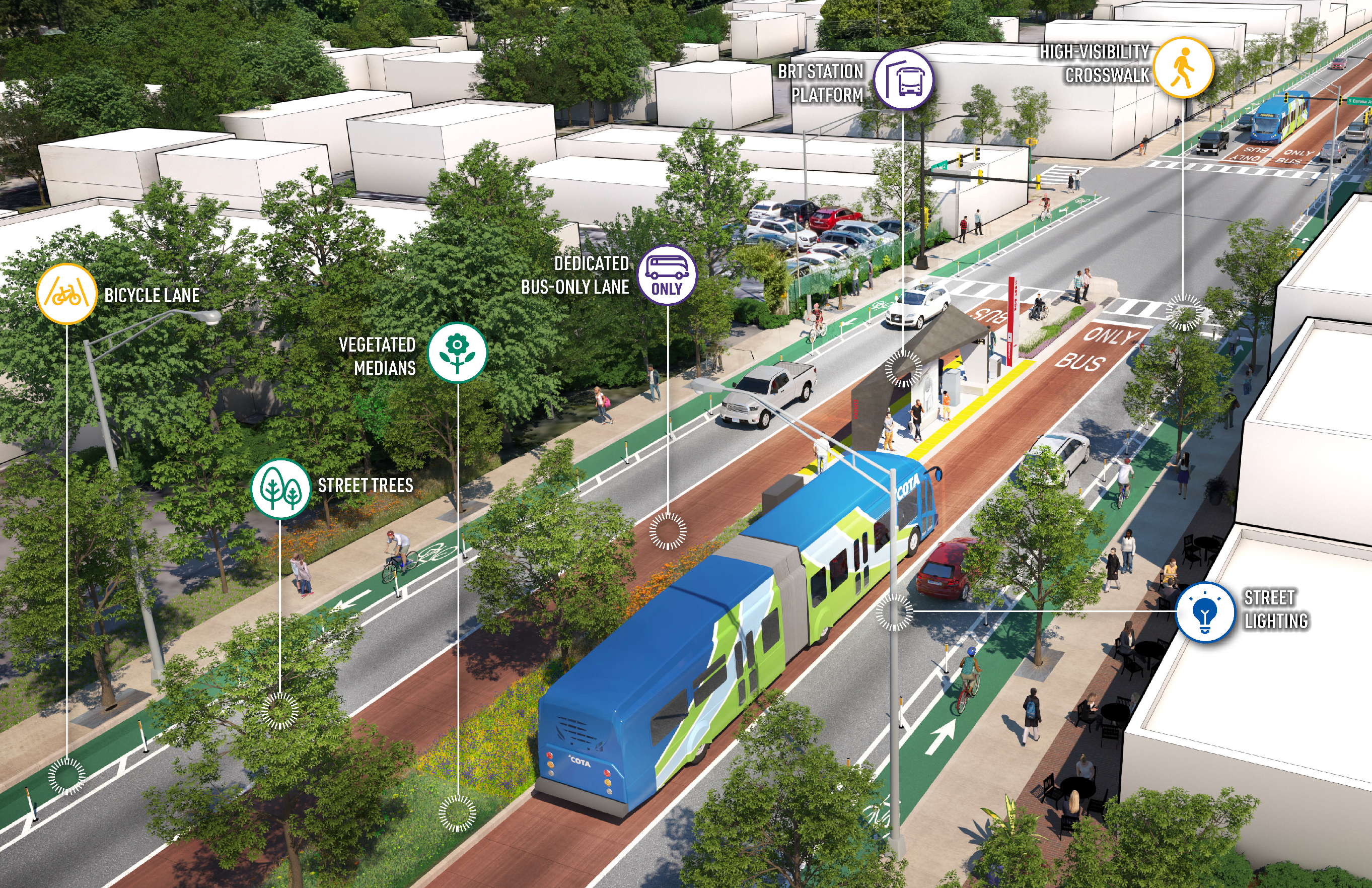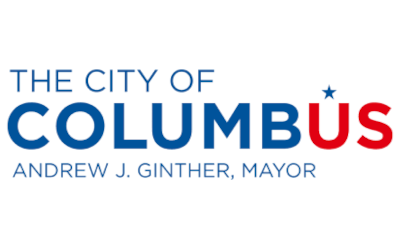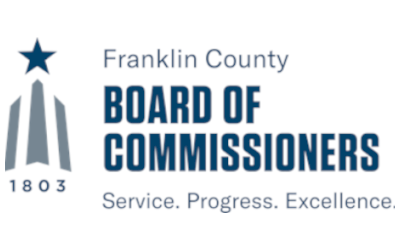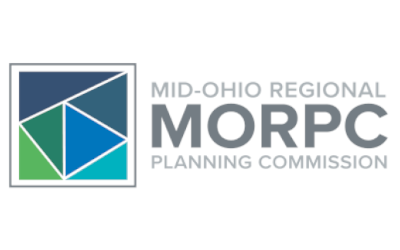COTA × LinkUS
Thank You, Central Ohio for Making LinkUS a Reality!
On Nov. 5, 2024, Central Ohio voters made a powerful choice to enhance COTA service and accessibility across our region. With the LinkUS initiative, we are excited to modernize and expand our transit system. Together, let’s get to work on creating more transportation options for everyone. A brighter, more connected future is ahead!
Growing With Our Region
The Central Ohio region is expanding rapidly, bringing jobs and economic opportunity to our residents. By 2050, the 15-county region is projected to reach 3.15 million residents. To meet this growing demand for transportation, Central Ohio will need a robust public mass rapid transportation system and the infrastructure to support it. Thanks to the Central Ohio community, we’re hard at work building the future of transit our region deserves.



A Plan to Increase COTA Service & Transportation Options Across Central Ohio
LinkUS is our region’s proactive transportation and growth plan — collaboratively created by COTA, the City of Columbus, the Franklin County Board of Commissioners and the Mid-Ohio Regional Planning Commission (MORPC) — to accommodate this major population growth by expanding COTA transit service and other transportation options, like sidewalks, bike lanes and trails, throughout the region. Through LinkUS, we will forge a path to bring world-class, fast and reliable COTA rapid transit to our region’s key transit corridors.
Through the LinkUS initiative, COTA will:
- Increase service hours by 45%
- Invest in crosswalks, sidewalks, trails and other transit-supportive infrastructure, making first- and last-mile connections to COTA more accessible
- Introduce multiple Bus Rapid Transit (BRT) lines within COTA’s service area
- Create new transit centers, Park and Rides, shelters and more
- Add new COTA//Plus zones and increased Mainstream service
What is Bus Rapid Transit?
BRT is not your standard bus service. BRT combines the capacity and speed of a metro with the flexibility and affordability of a bus system through features like:
- Traffic signal priority
- Platform-level boarding
- High-capacity vehicles
- Modern stations
- Dedicated transit lanes
- Off-vehicle payment
Through LinkUS, we will bring BRT to multiple transit corridors across the city, increasing the overall frequency and efficiency of our system to include more service hours.

See What’s Coming
Get a glimpse at what’s to come through augmented reality! Now available at three different COTA stops along the West Broad Street Bus Rapid Transit Corridor, the LinkUS augmented reality experience allows visitors to scan the adjacent areas and see station enhancements firsthand.
Find the stop closest to you in the map below.
LinkUS Sponsors
LinkUS is a collaborative initiative co-sponsored by the City of Columbus, Central Ohio Transit Authority, the Mid-Ohio Regional Planning Commission and the Franklin County Board of Commissioners.



